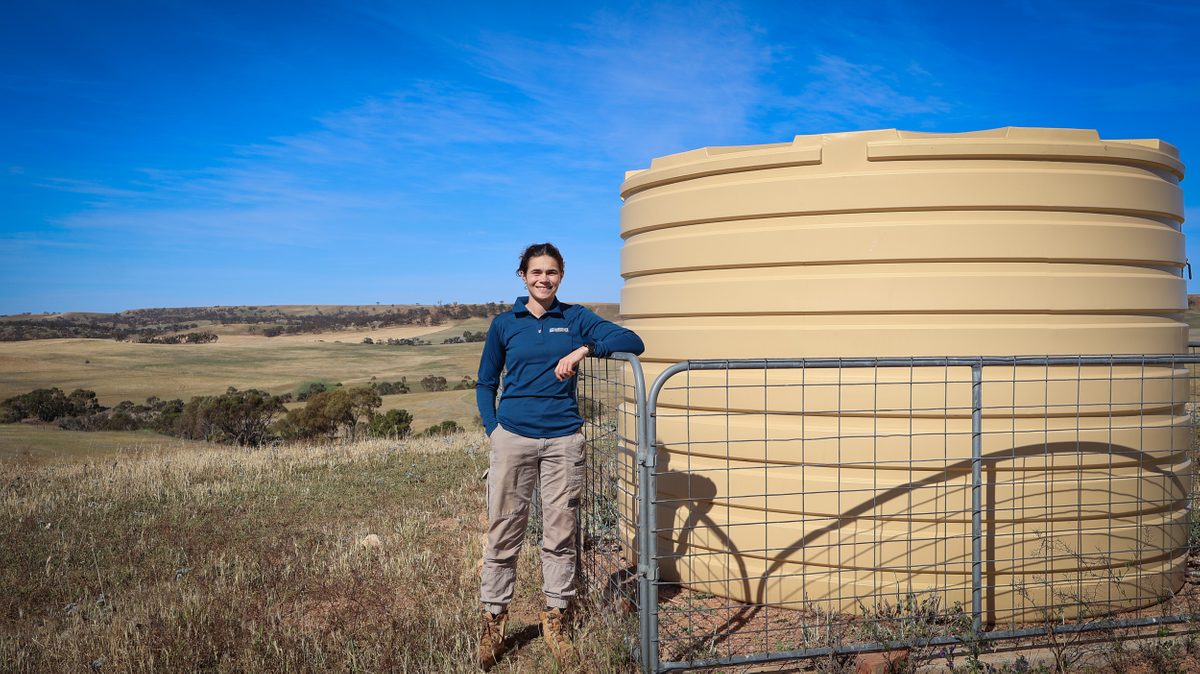New ‘one stop shop’ for cactus control information
Management of prickly invasive cacti has received a boost with a new comprehensive manual now available in South Australia
.
The Managing Opuntioid Cacti in Australia manual is a step by step guide aimed at assisting anyone with an interest in managing the prickly pests, including land owners, community groups, environmentalists, government agencies and volunteers.
The manual was developed as a joint initiative of the Department of Primary Industries and Regions SA (PIRSA) and the Western Australian Department of Primary Industries and Regional Development, with supporting funding from the Australian Government.
To download a copy of the Managing Opuntioid Cacti in Australia and for further information on Opuntioid cacti visit www.pir.sa.gov.au/biosecurity/weeds_and_pest_animals/weeds_in_sa
Background
Introduced to Australia during the colonial period, Opuntioid cacti have become serious pests across much of the country due to favourable climatic conditions and their ease of spread.
They have significant impacts on agriculture and the environment, and their spines are capable of causing serious injury to both animals and humans.
A total of 27 species of opuntioid cacti are currently listed as Weeds of National Significance (WoNS), 21 of which are found in South Australia including prickly pear, wheel cactus, Hudson pear, devil’s rope and jumping cholla.
Volunteers, land managers, local government and natural resource management boards are also helping to control opuntoid cacti through various on-ground projects. These include Blinman Parachilna Pest Plant Control Group’s biological control of wheel cactus, a City of Onkaparinga and Natural Resources Adelaide Mount Lofty Ranges (NR AMLR) project to control drooping pear in the Onkaparinga River and the removal of Hudson pear along the River Murray.
Quotes attributable to Principal Biosecurity Officer, Weeds, Dr Ross Meffin
Having access to a range of management techniques appropriate for the situation is key to reducing Opuntioid cacti distribution and impacts. This new manual is an easy to follow resource designed to give land managers access to these tools.
It assists in understanding and identifying cacti, and also provides advice on best practice control methods including mechanical and manual removal, herbicides and their application, fire and biological control.
Vigilance is also crucial in managing cacti, as new infestations are more easily controlled before they become well-established. It is everyone’s responsibility protect our agricultural industries and the environment by reporting all suspected infestations either to your local Natural Resource Management office or PIRSA Biosecurity SA on 8303 9620 or nrmbiosecurity@sa.gov.au


